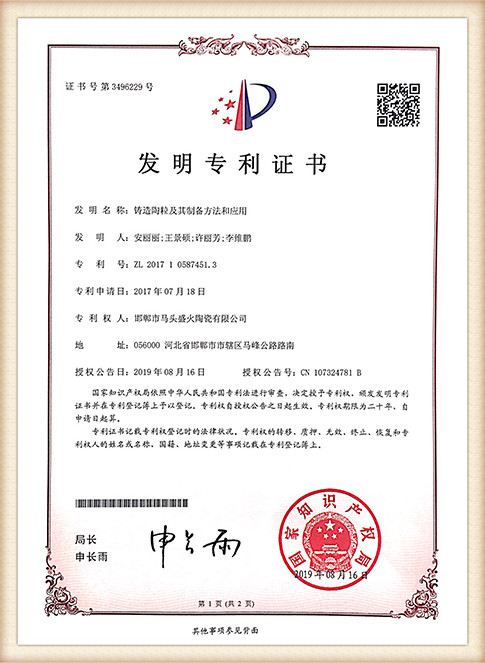Understanding Gold Sand What Is It?
Gold sand, often referred to as golden sand, is a term that can cover a variety of contexts depending on its usage. On one hand, it can describe sand that possesses a golden hue, often found in picturesque beaches around the world. On the other hand, in a more geological and economic context, it pertains to particles of gold that are mixed within sand, often found in riverbeds and other natural settings. This article will delve into both interpretations, uncovering the beauty and significance of gold sand in our environment and economy.
The Aesthetic Appeal of Golden Sand
The first interpretation of gold sand relates to its visual characteristics. Gold-colored sand can be found in renowned beaches, such as those in the Maldives, Hawaii, and Bermuda, where its striking beauty attracts thousands of tourists annually. The golden hue is often a result of the presence of iron oxide, mica, or other mineral deposits that give the grains a shimmering quality, making them a favorite for travelers, photographers, and nature enthusiasts.
Beachgoers relish the experience of walking on warm, golden sands while enjoying the sun and surf. The unique colors of these sands can also contribute to local cultures and traditions, with some regions celebrating their natural resources through festivals, artisan crafts, and lucrative tourism. Such environments highlight the intricate connection between natural beauty and economic benefits that come from preserving these landscapes.
The Economic Value of Gold Sand
In a more technical sense, gold sand refers to the fine particles of gold that can be found intermixed with sand, primarily in areas where erosion and sedimentation have taken place. This type of gold sand is significant for those engaged in gold prospecting and mining. The process of extracting gold from sand involves specific techniques such as panning, sluicing, or using more advanced methods like dredging.
what is gold sand

This form of gold mining has been a traditional method practiced for centuries, dating back to the Gold Rush era. Gold panning involves using a shallow pan to wash away lighter materials, leaving behind the denser gold particles. While once an activity primarily performed by individual prospectors seeking fortune, commercial enterprises now often utilize modern machinery to extract gold from larger areas.
The discovery of gold in sandy riverbeds has had enormous implications for economies, especially in regions like California, Australia, and South Africa, where significant deposits were found. The influx of people seeking their fortune led to the development of towns, infrastructure, and an economy centered around gold mining. Even today, gold mining remains a critical industry that supports many communities and contributes to the global economy.
The Environmental Impact and Ethical Considerations
While gold sand may hold economic promise, it is also essential to consider the environmental implications of gold mining. The process can lead to habitat destruction, water pollution, and a negative impact on local ecosystems. Sustainable practices and regulations are integral in balancing the pursuit of gold extraction with the preservation of natural habitats. This calls for a concerted effort among governments, environmentalists, and mining companies to ensure responsible mining practices are followed.
Conclusion
Gold sand, in its two interpretations, encapsulates both the beauty of nature and the pursuit of economic wealth. Whether it is the golden sands of breathtaking beaches or the fine particles of gold hidden in the earth, both aspects remind us of the intricate relationships between nature, economy, and human endeavor. As we continue to explore and exploit these natural wonders, it is paramount to approach them with respect and responsibility, ensuring that future generations can also appreciate the allure and value of gold sand.
Post time:ພ.ຈ. . 11, 2024 05:58
Next:Evaluating the Precision of Sand Casting Techniques and Their Impact on Quality
